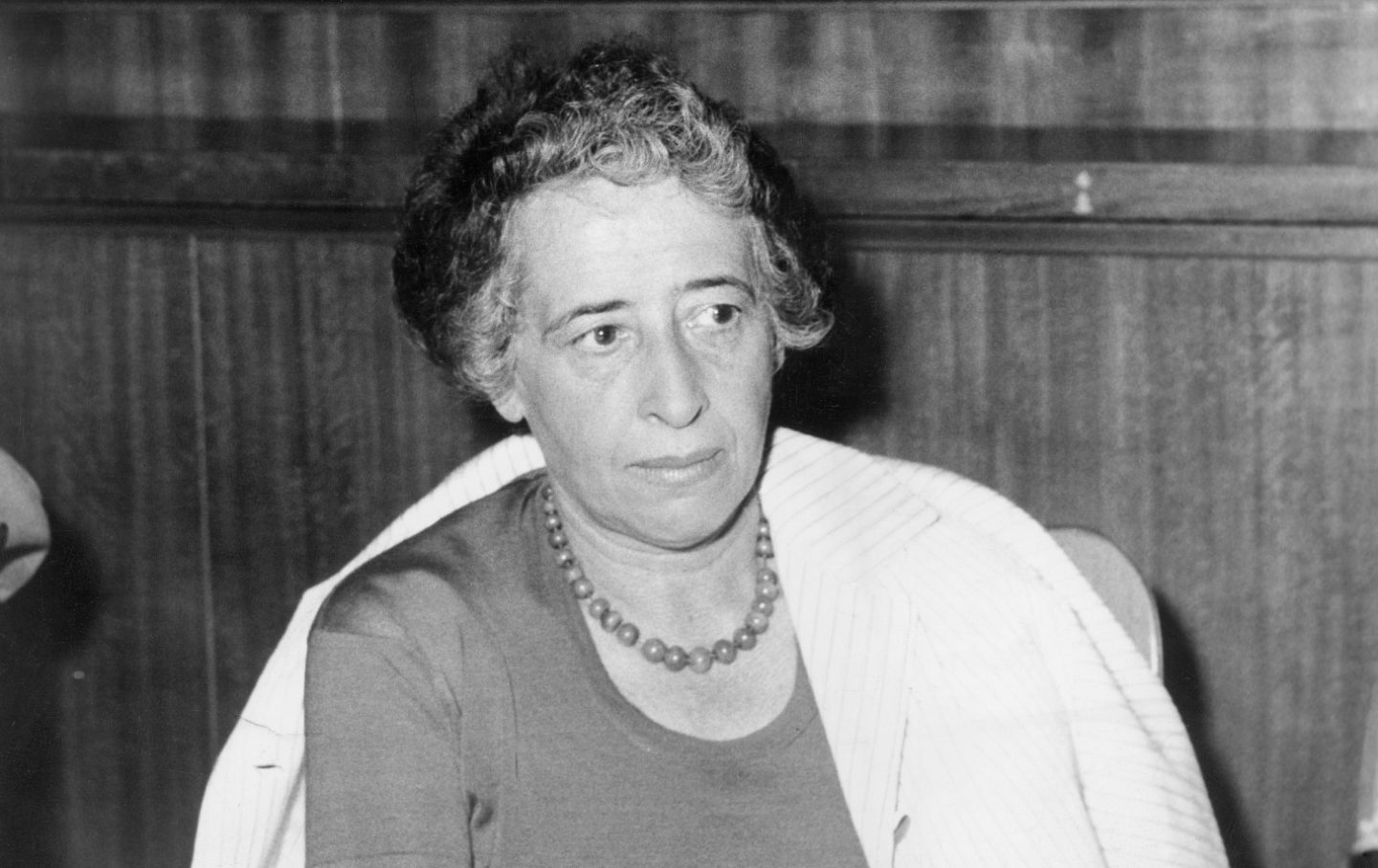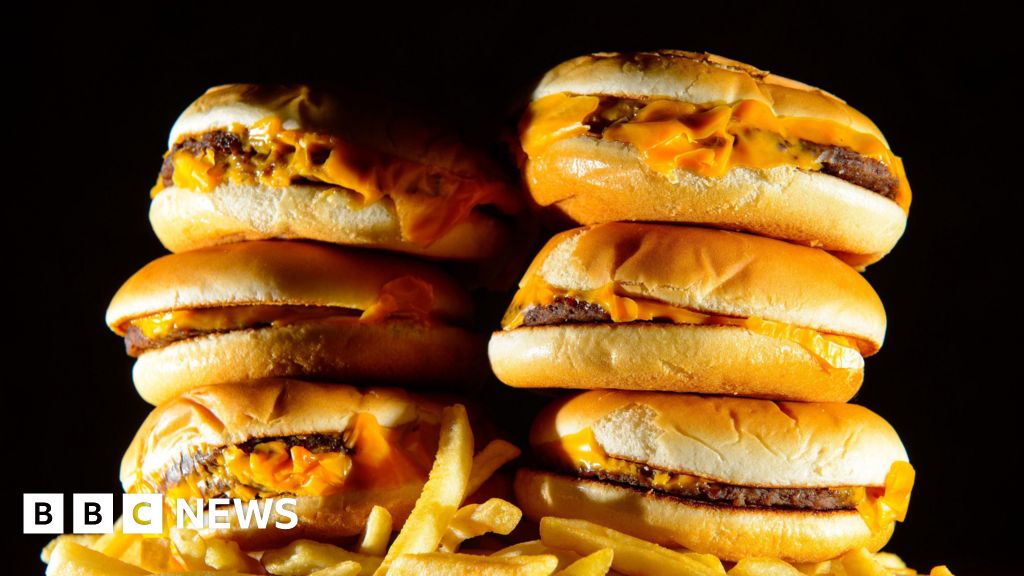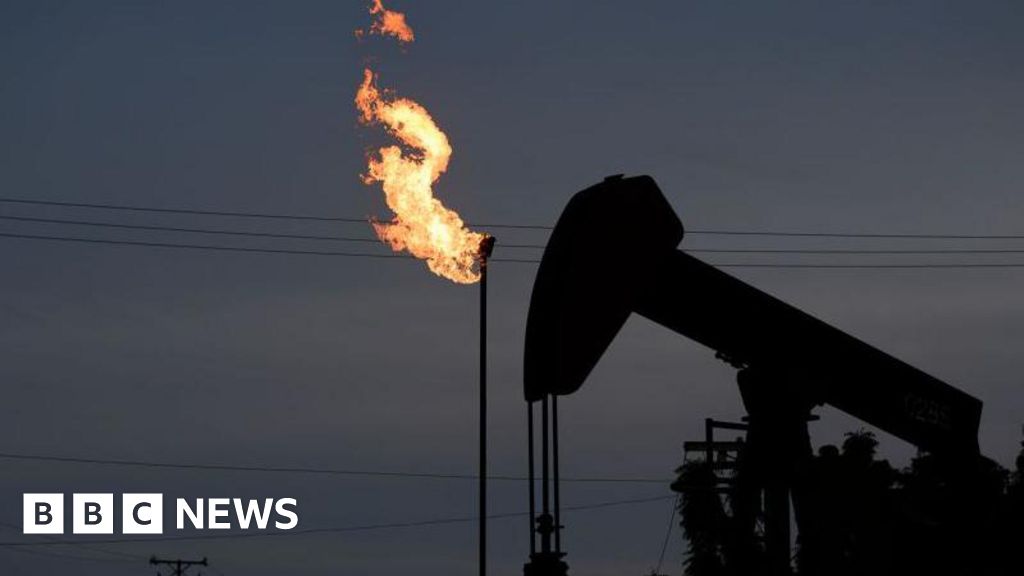
Tomorrow’s Antisemitism Today | Newsportu
- Politics
- November 22, 2023
- No Comment
- 498
While real antisemitism is rearing its head, the assurance that “anti-Zionism is not inherently antisemitic” can feel like gaslighting.

They hit me in the face, those posters: the ones headed with the big red upper-case legend kidnapped above a portrait photo accompanied by the person’s name and some basic information, and then at the bottom, the hashtag #BringThemHome. The first time I saw them taped to telephone poles and the like, I felt a strange inclination. I wanted to take one down and take it home with me. Why? I wanted to put it up in my work space. I wanted to think about someone who’d been kidnapped, I wanted not to forget them. And because I am a visual person, I thought the way I could make myself keep thinking of them was to make myself keep seeing them.
But then I decided not to do that. Two reasons: One was that I understood that whoever had put up these posters reminding us of what had happened on October 7 had wanted them to be in a public space where anyone could see them, and I wanted to respect that intention. The other reason was probably more decisive. It was that I didn’t think I had the moral courage to confront this reality so intensively, despite my desire to do so. Instead, I would continue to let Charles Baudelaire cast his baleful gaze upon me from the Étienne Carjat photograph that normally presides over my labors.
Soon I started to read news stories saying that many of the posters were being taken down—but for a very different reason than the ones I had considered. Similar gestures can have such different motivations. Apparently not everyone wants the kidnapped to be remembered. In some cases that’s because of resentment that Palestinian lives have not been highlighted in the same way, and a suspicion that—as one pro-Palestinian activist told Chris McGreal of The Guardian, “the flyers have now become part of a pro-Israel propaganda drive to justify the killing of Palestinian civilians in Gaza.” But others may simply believe that Jewish lives are not worth empathy—among them, perhaps, those who (as I read in the same Guardian article) went around pasting the word OCCUPIER over KIDNAPPED—even above pictures of small children. The war in Gaza is a war to the death, with Israel raining down unimaginable suffering in retaliation for the murders and kidnappings of October 7, but in the wider world, what we are witnessing is a battle for the right to claim greater victimhood. That’s a battle with no winners. Each side wants to feel its pain recognized—but also feels that recognition of the other side’s pain counts against its own: Evenhanded recognition cancels itself out.
Here in the United States this has become a battle over images—those KIDNAPPED posters among them—as much as over realities. That’s why the battle is raging wherever culture is at stake, whether on university campuses or even among foodies who fall out over the ownership of hummus. But it’s been particularly fraught in the art world, where—as I wrote a couple of weeks ago—the fate of one of the field’s most prestigious publications, Artforum, is at stake. A boycott has been called in response to the firing of its editor, David Velasco, after he published a letter calling for a cease-fire in Gaza and the liberation of Palestine without mentioning the Hamas attacks of October 7 and illustrated with a work by a prominent Palestinian artist who had made Instagram posts mocking the kidnapped Israelis.
Given the fundamental irrelevance of an art magazine to the course of events in Gaza, I was surprised by the vehemence both sides of the response to the situation at Artforum, but I shouldn’t have been. Jews have long had a special relationship with modern and contemporary art, and vice versa—and special relationships are complicated. Fifteen years ago, reviewing Sarah Thornton’s book Seven Days in the Artworld, I noticed an unaccented nuance, that in the sections dealing with the art market, there was a lot of Jewishness in evidence: a collector comparing an auction to “going to synagogue on the High Holidays. Everybody knows everybody else, but they only see each other three times a year, so they are chatting and catching up,” or the director of an art fair shmoozing dealers in French, Italian, and German, and—according to Thornton—“I believe I even heard him say ‘Shalom.’” And so on.
That’s not surprising. Since the beginnings of what we call modern art in late-19th-century France, its history—as documented in books such as James McAuley’s The House of Fragile Things: Jewish Art Collectors and the Fall of France (2021)—has also been the history of an outsize Jewish role in its support and patronage. The reasons for this are easy to imagine: With their lack of lineage, wealthy Jews—parvenus, as Hannah Arendt classified them—had an inherent fascination with the new that their more complacent Gentile peers lacked.
Current Issue
There have been important Jewish artists too, of course, from Camille Pissarro on, but their Jewishness has often been less than evident in their work. “It was not an intelligent thing for someone to do, to declare their Jewishness,” the painter Archie Rand once told me. “And consequently, there was no sensate manifestation of Jewish art forms.” But many Jewish artists were what Arendt called “conscious pariahs,” and they found in artistic creation an emancipation they could not achieve in society. Chaim Soutine might be the purest example. Jack Tworkov, an American painter who was born not far from the village near Minsk where Soutine came into the world, and not much later, remarked on the “enormous and unrelieved strain” that “must have been set up when his inherited Jewishness, containing elements of squalor, mustiness and warmth as well as elements of religious and moral grain, confronted the brightness, the gaiety, the carefree atmosphere of the Western capital,” Paris. Soutine may have found success, but he never found comfort in his own skin.
For Arendt, parvenu and pariah were antithetical: “All vaunted Jewish qualities—the ‘Jewish heart,’ humanity, humor, disinterested intelligence—are pariah qualities,” while the parvenus exhibit all the failings with which the Jews’ enemies have always assailed them. And yet history—art history, at least—shows us that matters were far more complicated. The tacit alliance between parvenu patron and pariah artist indicated a profound mutual recognition and sympathy. Pride and insecurity mingled in the psychologies of both.
Arendt’s writings on the parvenu and the pariah date to the time of World War II and the Shoah. Amid the prosperity of the postwar United States, when the children of the greenhorn immigrants felt peacefully settled in a multiethnic society where they’d reached every pinnacle except the presidency itself, Jews seemed to have achieved what Arendt considered the goal of every people: “Men’s lives must be normal, not exceptional,” she thought, and so one seeks, quite simply, “to be a human being, a normal member of human society.”
What was true of the Jew eventually became true of the artist. I remember Alex Katz once telling me that, in the 1950s, if a girl brought home a new boyfriend and introduced him to her parents, they feared the worst: He could be a bohemian, a drug addict, a juvenile delinquent. But in the 1960s, he said, that all changed: The boy is an artist? “Oh, really! Did he go to Yale?” The artist had become, as Allan Kaprow said, “a man of the world.” It’s somehow fitting that Frank Stella’s early black paintings were often informally referred to as “pinstripe paintings,” as if those preternaturally cool, formally implacable works were the pictorial counterpart of the suits worn by the businessmen of what we now think of as the Man Men era.
For decades now, art has been a normal profession much like any other. An artist’s work is often referred to as his or her practice, and every time I hear that I imagine I’m hearing about a dental practice or a legal practice. But in truth, art is a normal profession only for a few. As with our society in general, inequality has been increasing; most artists or would-be artists lead a precarious existence. They might have gone to Yale, but that only means they’ve got student loans to pay off. Artists have not once again become pariahs, but they’re close enough to that condition to sympathize with it.
When Velasco published the “Open Letter from the Art Community to Cultural Organizations” as a column on the Artforum website, he inadvertently exposed more than one rift: not only a rift between artists and the more conservative collectors and patrons on whose funds they depend, or maybe just aspire to depend, but also a generational rift, between young people, including young Jews, and their elders. The artists, and especially younger ones, viscerally sympathize with Palestinians as underdogs—a sympathy that comes harder to their more affluent seniors, Jewish or not, who not only carry more vivid recollections of the Shoah but who grew up on the mythology of Israel as the hardy upstart bringing progress to a region that had been mired in poverty and backwardness.
The absolute noncommunication between the two sides of this dispute is patent. One sign of that is the intensely moralistic reaction of some of Velasco’s defenders to reported efforts by some collectors to convince artists to remove their names from the Artforum letter. “It is absolutely McCarthyite,” in the view of artist Hannah Black, a close associate of Velasco’s, “and many of the dogmatic anti-Palestinians within the art world have, as Joseph Welch said of McCarthy, ‘no sense of decency.’ They are willing to destroy careers, destroy the value of artworks, to maintain their unofficial ban on free speech about Palestine”—this concern about destroying the value of artworks, by the way, is a bit rich coming from the person who called for the physical destruction of Dana Schutz’s painting Open Casket when it was exhibited at the Whitney Biennial in 2017; perhaps the “value” of art is more crucial than the art itself. But the same people see no contradiction in wanting to shut down a magazine (where I am a part-time staff member) that has historically been a conduit for unfettered debate (and which has not removed the open letter from its website) while decrying others’ speech as McCarthyism. This mirrors the refusal of uncritical supporters of Israel to recognize the sufferings imposed on Palestinians—and the refusal of those who demand Palestinian liberation at all costs to consider Israeli Jewish lives as anything but implicitly expendable.
Such mutual nonrecognition has consequences. Muslim and Jewish communities in the United States feel equally unheard and unsupported. But I suspect this comes at a greater shock to my fellow Jews, who imagined they’d reached a place of safety, than to Muslims who have not yet had the luxury of forgetting their vulnerability. The conversations I’ve been having with friends, mostly artists and writers, have been anguished. One e-mail I received from an artist-writer in the Bay Area, someone of distinctly left sympathies, exemplifies feelings shared by many:
I’ve heard and read a number of responses from the left that I would describe as patently antisemitic, in particular in the virtue-signaling Bay Area, and from many of the poets and artists who populate this moment, some of whom are friends, of course. These were never politically subtle voices, but haven’t seemed a source of the same kind of problematic generalization in the past. It’s different outside of NY, too, I expect––I won’t have a conversation that reveals my Jewishness in public here (walking down the street, say, or in a restaurant or a bar) for fear of the response of those around me. All of the other Jews I know in SF feel the same.
That fear is something new to American Jews of my generation. While I’ve tried to resist it—far from trying to hide my Jewishness in public, against the autumn chill I’ve taken to wearing a beanie cap designed by artist Cary Leibowitz with a yellow star and the name of Victor Klemperer along with the legend bear witness book club woven into it—such unease has now become widespread. I think too of another art historian friend, born in what was then the Soviet Union, who confided to me that after emigrating to the United States some 30 years ago, she never imagined she would again feel the fear of antisemitism—but that she can’t shake it off. The attacks on southern Israel have triggered Jews worldwide, including many who consider themselves on the left.
Will they stay with the left? I wonder. That’s another rift that’s been exposed: between those on the left who are unconditionally against the presence of a Jewish state in the Middle East, and those who believe Jews should still be able to have a homeland there, albeit under conditions quite different from those that obtain now. Friendships are dissolving, alliances crumbling. It’s a dangerous rift that threatens an exodus from the left of many Jews who have until now been among its most loyal adherents. And perhaps more important than the unity of the left itself, I wonder about the productive collaboration between the left—as exemplified by Bernie Sanders and the Squad—and a Democratic Party it had once perhaps deemed irredeemable. Otherwise, in such disarray, Trump’s Republican Party has much to gain from these splits.
At such a time, statements like the recent one in N+1, reiterating the unassailable truth that “Anti-Zionism is not inherently antisemitic—and claiming it is uses Jewish suffering to erase Palestinian experience,” may be counterproductive because they fail to give enough weight to the genuine panic many Jews feel right now. When real antisemitism is rearing its head, such assurances can feel like gaslighting. They also, perhaps understandably, bypass a hard truth that no one likes to talk about: I mean the extent to which Zionism as it has been practiced by the Israeli state from the beginning, but at least since 1996 when Benjamin Netanyahu first became its prime minster, if not before, has contributed to the rise of antisemitism. And because Israel has appropriated to itself the mantle of Jewish identity, Jews everywhere are affected by and seen as complicit in its actions. I count myself as one of what the poet Anne Boyer calls “the many Jewish people slandered by those who claim falsely to fight in their names.” But how many believe the falsehood and condemn us for it!
That the Zionist state would have dire consequences for Jews is something that Arendt predicted, by the way. Writing four years before the country’s foundation, and with the World War still raging, she warned that “the Zionists, if they continue to ignore the Mediterranean peoples and watch out only for the big faraway powers”—such as the then-colonial power the United Kingdom, and these days the United States, without whose billions of dollars in aid Israel might not survive—“will appear only as their tools, the agents of foreign and hostile interests. Jews who know their own history should be aware that such a state of affairs will inevitably lead to a new wave of Jew-hatred; the antisemitism of tomorrow will assert that Jews not only profited from the presence of big foreign powers in that region but actually plotted it and hence are guilty of the consequences.” There is a judeopessimism in circulation that sees antisemitism as an eternal, almost metaphysical curse. But as Arendt reminds us, that analysis is false, ahistorical, and self-defeating.
I can already hear the objection: Amid such catastrophe for the people of Gaza, you’re whining that it’s bad for the Jews? Yes, because other writers are far better qualified to describe what this war means for Palestinians. And they are doing it.
I don’t wish to encourage the “mutual refusal to take each other seriously” that Arendt witnessed between the Jewish and Arab populations of Palestine in her day, and which is even more dangerous now. But I write from where my fate has placed me, and, what I see there is this: The antisemitism of Arendt’s tomorrow is here today. And as fear is the best way of driving people to xenophobia, to tribalism—to the right—we had better think more seriously about how to get out of its coils, or it will poison our culture and art today and our politics tomorrow. And then we may all find ourselves pariahs again.
#Tomorrows #Antisemitism #Today #Nation







